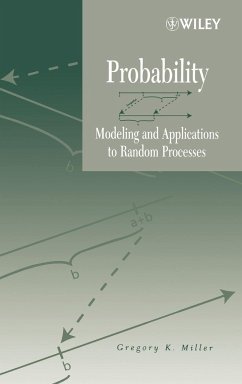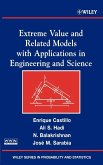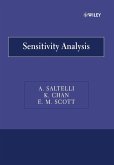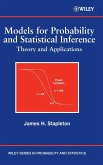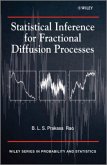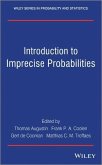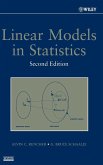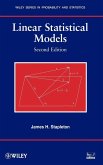Written by an enthusiastic educator known for his dynamic teaching, Probability: Modeling and Applications to Random Processes focuses on modeling outcomes of random variables and random processes. Filling the need for a solid introductory texts on probability and stochastic processes which explain the material clearly, the bookÕs central point is squarely that of the basic probability laws and modeling with probability distributions while exploring their applications and links to random phenomena.
Improve Your Probability of Mastering This Topic
This book takes an innovative approach to calculus-based probability theory, considering it within a framework for creating models of random phenomena. The author focuses on the synthesis of stochastic models concurrent with the development of distribution theory while also introducing the reader to basic statistical inference. In this way, the major stochastic processes are blended with coverage of probability laws, random variables, and distribution theory, equipping the reader to be a true problem solver and critical thinker.
Deliberately conversational in tone, Probability is written for students in junior- or senior-level probability courses majoring in mathematics, statistics, computer science, or engineering. The book offers a lucid and mathematicallysound introduction to how probability is used to model random behavior in the natural world. The text contains the following chapters:
_ Modeling
_ Sets and Functions
_ Probability Laws I: Building on the Axioms
_ Probability Laws II: Results of Conditioning
_ Random Variables and Stochastic Processes
_ Discrete Random Variables and Applications in Stochastic Processes
_ Continuous Random Variables and Applications in Stochastic Processes
_ Covariance and Correlation Among Random Variables
Included exercises cover a wealth of additional concepts, such as conditional independence, Simpson's paradox, acceptance sampling, geometric probability, simulation, exponential families of distributions, Jensen's inequality, and many non-standard probability distributions.
Hinweis: Dieser Artikel kann nur an eine deutsche Lieferadresse ausgeliefert werden.
Improve Your Probability of Mastering This Topic
This book takes an innovative approach to calculus-based probability theory, considering it within a framework for creating models of random phenomena. The author focuses on the synthesis of stochastic models concurrent with the development of distribution theory while also introducing the reader to basic statistical inference. In this way, the major stochastic processes are blended with coverage of probability laws, random variables, and distribution theory, equipping the reader to be a true problem solver and critical thinker.
Deliberately conversational in tone, Probability is written for students in junior- or senior-level probability courses majoring in mathematics, statistics, computer science, or engineering. The book offers a lucid and mathematicallysound introduction to how probability is used to model random behavior in the natural world. The text contains the following chapters:
_ Modeling
_ Sets and Functions
_ Probability Laws I: Building on the Axioms
_ Probability Laws II: Results of Conditioning
_ Random Variables and Stochastic Processes
_ Discrete Random Variables and Applications in Stochastic Processes
_ Continuous Random Variables and Applications in Stochastic Processes
_ Covariance and Correlation Among Random Variables
Included exercises cover a wealth of additional concepts, such as conditional independence, Simpson's paradox, acceptance sampling, geometric probability, simulation, exponential families of distributions, Jensen's inequality, and many non-standard probability distributions.
Hinweis: Dieser Artikel kann nur an eine deutsche Lieferadresse ausgeliefert werden.

